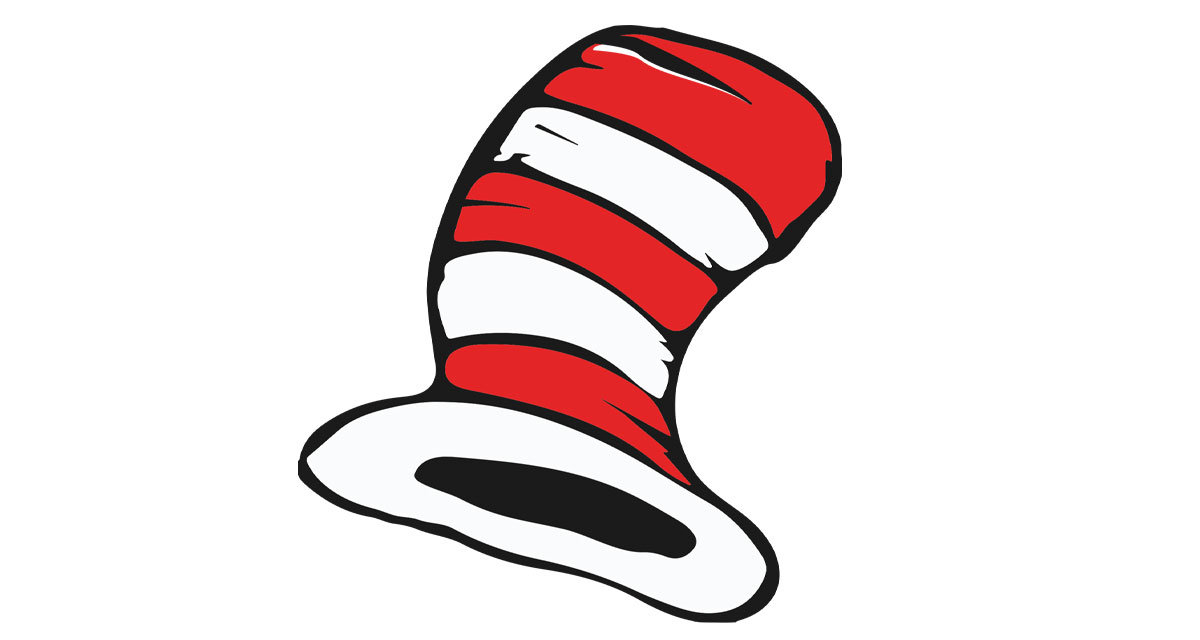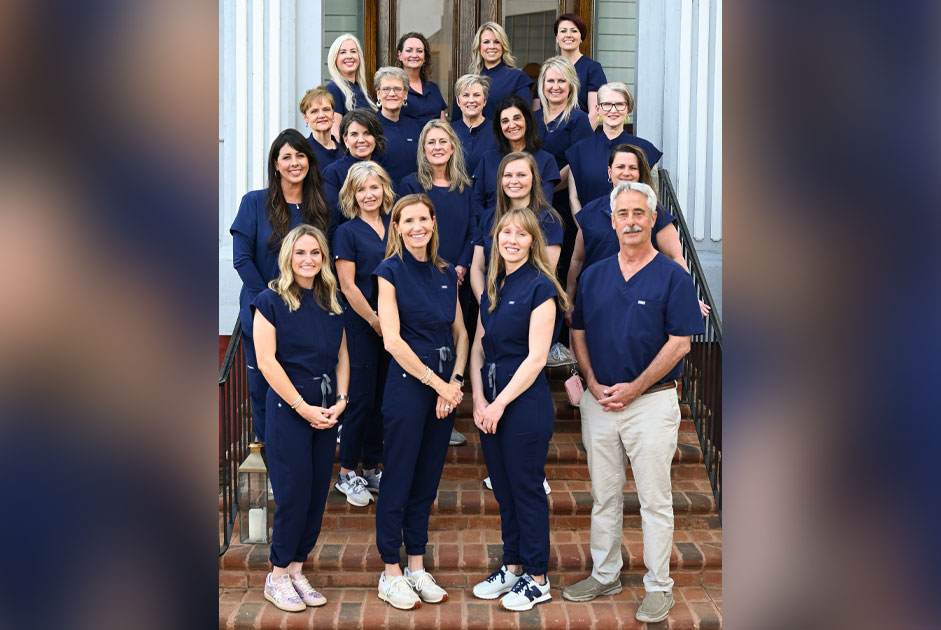What is Read Across America?
The National Education Association (NEA) launched the first Read Across America in 1998. This year-round program focuses on promoting reading in schools, motivating the love of reading and raising awareness about the benefits of reading. With an estimated 45 million Americans labeled “functionally illiterate,” meaning they cannot read above a fifth-grade level, it is more important than ever to inspire children and young adults to become joyful, proficient, lifelong readers! Research shows that children learn 4,000-12,000 new words each year if they read or are read to regularly. The words penned by Dr. Seuss in the last book he wrote said it best…
“The more that you read, the more things you will know. The more that you learn, the more places you’ll go.” ~ Oh, The Places You’ll Go (1991)
When is Read Across America Day?
Read Across America Day, also known as Dr. Seuss Day, is the largest celebration of reading in the USA! This yearly observance is always held on the school day that is nearest to March 2nd, birthday of beloved children’s author, Dr. Seuss, who has had such a huge impact on the reading world. This year, Read Across America Day is Thursday, March 2nd. Read Across America Week is March 2-6, and the entire month of March, in fact, is dedicated to reading with the theme: Celebrating a Nation of Diverse Readers.
Who is Celebrating?
Across America 2023
Across our country, teachers, librarians, parents, grandparents, caregivers, elected officials, local athletes and celebrities, along with a host of other community members join in the excitement of Read Across America Day! A plethora of creative and engaging events take place at childcare centers, preschools, libraries, bookstores, K-12 private schools, public schools, homeschools and other venues in every state in the country. Cafeteria workers serve up green eggs and ham, P.E. teachers convert gymnasiums into reading “campgrounds,” teachers line up costumed guest readers, and on and on the reading motivation strategies go. And, what child can resist reaching the day’s reading goal when the principal agrees to take part in a crazy shenanigan like being duct-taped to a wall or dying his or her hair pink? Even pro athletes, musicians and actors get in on the literary excitement by issuing reading challenges to encourage children to reach for a book. Influential figures like former first lady Michelle Obama and Jenna Bush Hager are always eager to join in the biggest reading celebration of the year. Indeed, from classroom educators to the office of the President of the United States, Read Across America Day signals a recommitment to place great literary works into the hands of children of all ages to inspire a passion for reading that will last a lifetime.
“Children’s classics such as Dr. Seuss’ Green Eggs and Ham and Oh, the Places You’ll Go! have inspired a passion for reading
and endless creativity that spans generations. Today’s stories and adventures are as diverse as the world in which we live,
and by reading them, we come to more fully understand the vibrant diversity of our Nation — and the world.” ~ Excerpt from Read Across America Day Proclamation by Joseph R. Biden Jr. (2022)
The NEA recently stated that there’s a growing need for schools and libraries to include and promote diverse books where students are provided with both “mirrors and windows” to understand that the world is far richer than their individual experiences alone. The Read Across America brand, as of 2023, is “independent of any one particular book, publisher or character.” There has been recent criticism about some of the early Dr. Seuss titles having “outdated and insensitive depictions of racial, ethnic, cultural and gender differences.” Dr. Seuss Enterprises responded by ceasing publications and sales of the six titles they feel “portray people in ways that are hurtful and wrong.” It is noteworthy that most of Dr. Seuss’ whimsical picture books such as “Did I Ever Tell You How Lucky You Are?”, “The Lorax”, “How the Grinch Stole Christmas” and “Horton Hears a Who!” are adored by millions around the world for the positive values portrayed including tolerance, gratitude, treating others with kindness and taking care of the planet.
A Closer Look at Dr. Seuss
Born Theodore Seuss Geisel in Springfield, Massachusetts on March 2, 1904, he is the cherished bestselling author of some of the most popular children’s books of all time. He gives credit to his mother as his first inspiration because she often recited rhymes to him. He was a prolific writer – authoring more than 60 books under the pen name Dr. Seuss and selling more than 700 million copies in more than 100 countries (translated into more than 20 languages, including braille) by the time of his death in 1991. Geisel adopted the pen name Dr. Seuss during his days as an undergraduate at Dartmouth College in the 1920s. His children’s book writing career began in 1936 on a ship from Europe to New York. To keep himself distracted and entertained during a storm, he began composing zany rhymes with made up words and quirky illustrations. Those “storm scribbles” transformed into his first children’s picture book, “And to Think That I Saw It on Mulberry Street” (1937). One of his best-known titles, “The Cat in the Hat” is interestingly, a response to an article published in Life magazine in 1954 which stated the reason young children were not learning to read was because their books were boring (think “Dick and Jane”). On the heels of this report, Houghton Mifflin (educational division) provided Geisel a list of 250 words thought important for first graders to know and issued a challenge to write a book that “children could not put down” using only those words. One year later, using 236 of those words, he presented the classic “The Cat in the Hat” and it was an instant success. It really is the book that made Dr. Seuss, Dr. Seuss!
“It is fun to have fun, but you have to know how.” ~ The Cat in the Hat (1957)



















